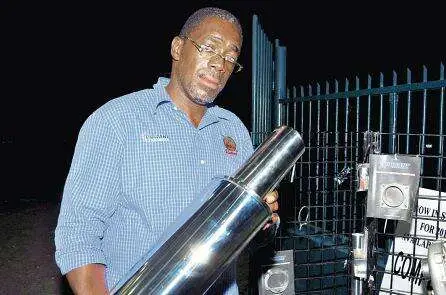
Exhaust system key to fuel savings
THE current price of oil worldwide and its direct correlation to gasolene prices have put fuel efficiency on the minds of many motorists.
These days, the less gas used means more money saved, especially for people on tight budgets.
“When we think of fuel efficiency we don’t normally associate it with the vehicle’s exhaust system,” says Paul Cole, CEO of King Midas Mufflers.
Cole’s expertise in the field makes him aware of the link between a vehicle’s exhaust system and its ability to use fuel efficiently. He points to two elements underneath the car — the oxygen sensor, and the catalytic converter.
“These two parts affect your fuel economy directly,” he said.
The oxygen (O2) or Lambda sensor is part of the loop that makes fuel injection work. As cars are designed to run at specific mixed ratios of fuel and air throughout the revolution per minute (rpm) range, the sensor reads the amount of oxygen in the exhaust gases and adjusts accordingly. This reading is routed back to the vehicle’s computer where it is checked against what is stored.
Fuel is added or subtracted through the injectors in the engine to meet the mixture requirements as determined by the computer’s data.
The harsh environment in which the O2 sensor resides can cause it to malfunction, providing the vehicle with an incorrect reading that increases fuel consumption. Common problems are damage through excessive exhaust heat or physical contact with an object,
age, and frayed electrical connections.
For the catalytic converter, its function is to clean the harmful chemicals exiting the engine via a honeycomb matrix. This matrix can become blocked, or the entire device squashed, keeping it from functioning properly.
“A damaged O2 sensor or blocked converter will create a rich mixture in the motor, meaning more fuel is being used. Symptoms, such as sluggish acceleration, can be felt or be reflected in higher engine operating temperatures and poor fuel economy,” explained Cole.
The cure is preventative maintenance. Cole says catalytic converters should be replaced every five years, while O2 sensors can last up to the 10 years based on application. However, given its electrical nature it should be watched, based on how the vehicle is being used.
“Certain fuel types or additives can shorten its life. Some cars display a check engine light, or put out a code that can only be discovered by a technician,” he said.

























